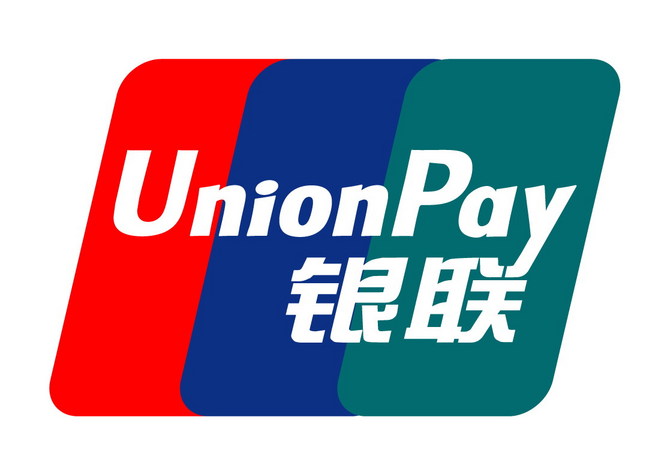China UnionPay, China’s only domestic bank card organization, is now also claiming to be the world’s largest bank card organization, reports the Beijing Youth Daily, the official newspaper of the Communist Youth League committee in Beijing.
Latest figures released by China UnionPay suggest that in the first quarter of 2015, the total transaction volume of Unionpay cards reached 11.8 trillion yuan (US$1.9 trillion), while the transaction volume of Visa cards reached US$1.75 trillion.
This marks the first time China UnionPay has overtaken Visa as the card company with the highest volume of transactions in the world.
Owing largely to China’s 1.35 billion population, China UnionPay has already become one of the most used bank cards in the world.
A report from US global information and measurement company Nielen released in April stated that Visa accounted for US$37 out of every US$100 of card transactions in 2014, a drop of US$3 from the previous year.
China UnionPay, on the other hand, accounts for US$38, a rise of US$5 from 2013.
China UnionPay has issued more than five billion cards that can be used in 150 countries and regions. The card is accepted at more than 26 million vendors and there are 1.8 million China UnionPay ATMs around the world.
Currently, China UnionPay has a near monopoly on processing and clearing yuan-denominated payments made via bank cards and credit cards, though late last year China’s State Council suggested that it is looking to loosen rules to allow for more foreign competition.
Credit cards from Visa, MasterCard and American Express are already accepted in China and those companies process transactions there if they are made on cards that are issued by banks from another country.
However, Chinese banks are not able to use cards with US card processors unless they are also branded with China UnionPay.
China UnionPay chair Ge Huayong says the company will look to continue spreading its brand across the world and increase card issuance in foreign countries and regions.
The company will also start adopting different strategies in different markets and take advantage of technological innovation to speed up the development of its global strategy, he added.
References:
Ge Huayong
http://www.wantchinatimes.com/news-subclass-cnt.aspx?MainCatID=0&cid=1102&id=20150627000039

